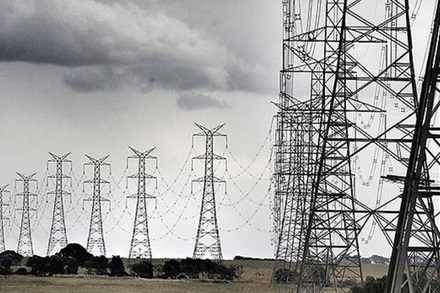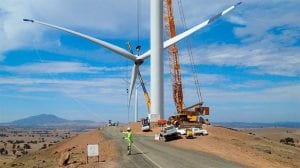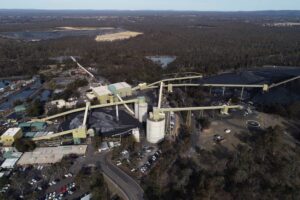It’s déjà vu all over again, as we see Frontier Economics and Danny Price continue to push the purist economist’s view of the energy market. See yesterday’s story: Energy divide: Frontier attacks AEMO, wants it abolished.
The problem in our energy markets, as has been shown repeatedly by contributors to RenewEconomy, is that – uniquely in the world – we have separate rule making and regulatory bodies: the Australian Energy Market Commission (AEMC) and the Australian Energy Regulator (AER).
Our market operator, AEMO, funnily enough, is finally realising that its role is – as the clue in its name suggests – the operator of an actual electricity supply system.
Historically, AEMC had seen itslef as the lever pullers in the electricity market, based on the false premise that the market is a valid and effective proxy for the real system.
So if we get that right, it will be all OK on the night! This is the very core of Frontier’s claim, and the fundamentalism of John Pierce’s AEMC (and it is very much a purist economic culture in AEMC).
That is a massive disconnect from reality! If one of the energy market institutions needs to go, as our submission to the Finkel Review recommended, it is the AEMC. A new combined regulator and rule-maker would be consistent with practice everywhere else in the world.
The AEMO’s draft plan – the Integrated Supply Plan – that has caused so much angst among some commentators – is about as sensible a document we could get, given the various constraints under which it operates.
AEMO’s proposal of what should be an unremarkable concept – that transmission should be ordered and planned on a “ least regret” approach – is welcome.
As all of us know, and AEMO recognises, uncertainty exists in any approach.
But AEMO also sits in the real, current world, where the time-cost of money is at a consistent low; the transition to a decarbonised grid is inevitable; and where planning and building ahead incurs costs, but also adds significant benefits if we increase the rate of change.
The AEMC has said itself, in the past: “The heart of the structural reform in the energy market was the creation of the wholesale market.” This is the very base that the National Energy Guarantee, created and supported by that same AEMC, wants to undermine.
The use by AEMO of an emissions profile that is consistent with science is logical, and is consistent with good business practice worldwide – it is the AEMC and the Australian government who are the outliers on this.
Good public policy is complex and hard work, and it is refreshing that we have a leader like Audrey Zibelman bringing a key market institution into the 21st century.
The Smart Energy Council seeks sensible policy to clean up our energy system and lower prices, while retaining the reliability and security of supply. AEMO is not without its flaws, but has a direction that looks to those same objectives.
Steve Blume is President of the Smart Energy Council; Treasurer of the Global Solar Council; and Director of the Australian Institute of Energy








